We Were Shown a Great Video in a Lecture About Dodos and Lemurs
Yes, it's our 4th day at sea, cruising toward Mauritius. A lecture comparing species on Mauritius vs. Madagascar included a great video about the history of Earth and the history of life on Earth.
I recorded the video on my iPhone, but then found it on YouTube, where it was part of a longer video from NPR, so here’s a link to the video starting at the screenshot below:
The point of the video was to dramatize how recent lifeforms and especially humans are on our planet. The focus of the lecture by George Sranko was how different the wildlife is on the two islands because of how they were formed. Madagascar drifted apart from Africa 160 million years ago, but Mauritius is a volcanic island created only 10 million years ago from a hotspot under the ocean floor, the same way Hawaii’s islands were created:
Lemurs “drifted” over to Madagascar, leaving Africa completely. This slide compares the wildlife on the two islands — so close but so different:
On Mauritius, the dodo bird was flightless because there were no predator mammals — until man, who arrived in 1598. They made easy prey for the Dutch, who are shown beating the birds to death (and later extinction) in this drawing — and riding a giant tortoise:
There were also giant “elephant birds,” but they too went extinct.
Over on Madagascar, the lemurs thrived because the “big 5” of Africa — lion, leopard, elephant, buffalo and rhino — “missed the boat” because Madagascar had already drifted too far away when they came on the scene. Lemurs are unique in many ways:
There are 100 species of lemur, not counting the gorilla-sized lemur which went extinct 2,500 years ago. You don’t have to visit Madagascar to see them — and it’s not a stop on our cruise. There’s a center for the study of lemurs — in North Carolina, of course:
Lemurs fly from tree to tree, but they also have a unique, fast run on the ground, hopping along — a little like a kangaroo at first glance, but alternating from left foot to right foot in a super-fast sideways hop. Mr. Sranko showed a video of that.
Later this morning, Mike Seigel gave a lecture on the history and significance of islands around the world. As a New Yorker, I recall being taught that the Dutch purchased Manhattan with an exchange of goods — worth “24 dollars” at the time that story was first told. But today I learned how New Amsterdam became New York. The Dutch gave Manhattan to the English in exchange for Run (pronounced Roon), an island in the East Indies which was valuable for its nutmeg. Sort of like how I paid only $90 for Tesla stock and sold it for $325 instead of holding on until it was worth 20 times that!
Islands have served many puposes over the years — to exile deposed leaders (Elba for Napoleon, just one example), to imprison convicted criminals (Alcatraz) or political prisoners (Robben island for Mandela), as colonial outposts (Hong Kong and so many others), immigration centers (Ellis Island), major military battles (Midway, Iwo Jima), military installations(Cuban missile crisis), rescuing people threatened with genocide (Shetland Islands), medical quarantine, defense of culture (Falkland Islands), and escapism by celebrities and others, to name just a few. I have great slides to share on each, but this post is already too long. Blame it on the lemurs and dodo birds… Okay, here’s just one:
This afternoon, there will be a port talk about Mauritius, where we arrive Saturday at 7:15 a.m. (late Friday evening Denver time). Later, Melinda Bates will give talk #3, this time about “Entertaining at the White House” through various presidencies. I’ll share that with you later or tomorrow. I need to get started on my “Real Estate Today” column for April 4th, with is due end-of-day Friday (2 pm in Denver).
Bye for now.


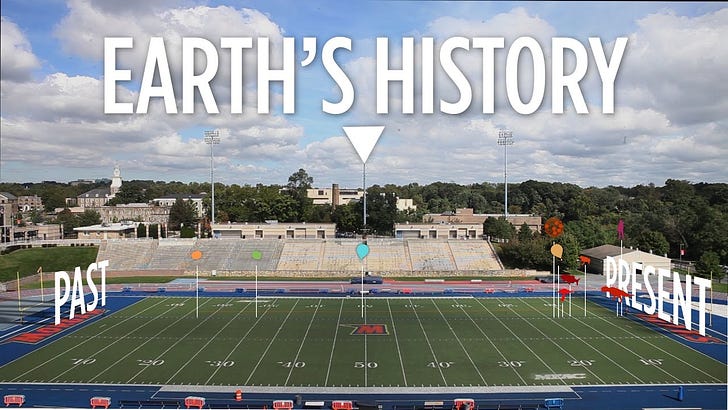


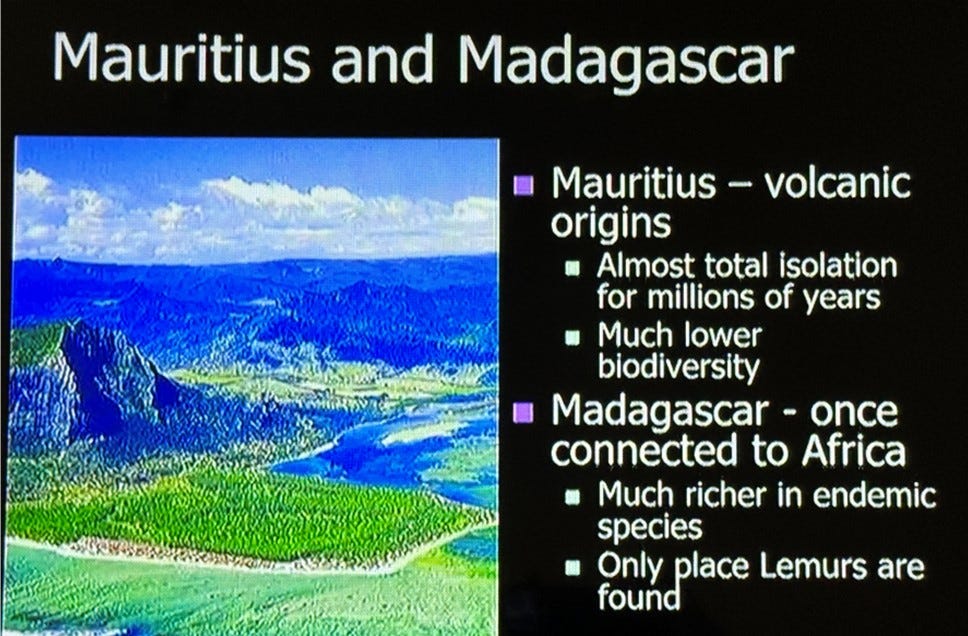
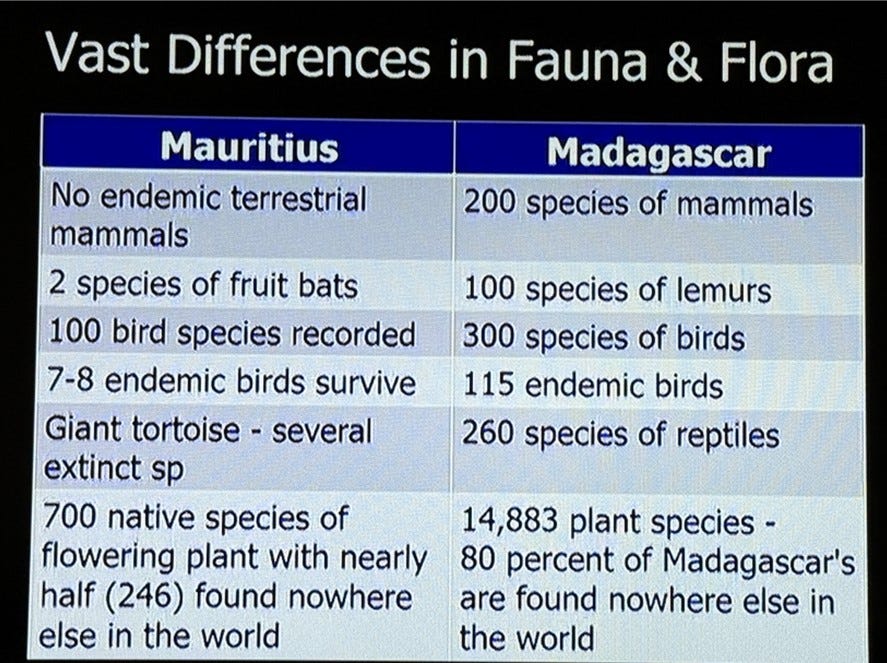
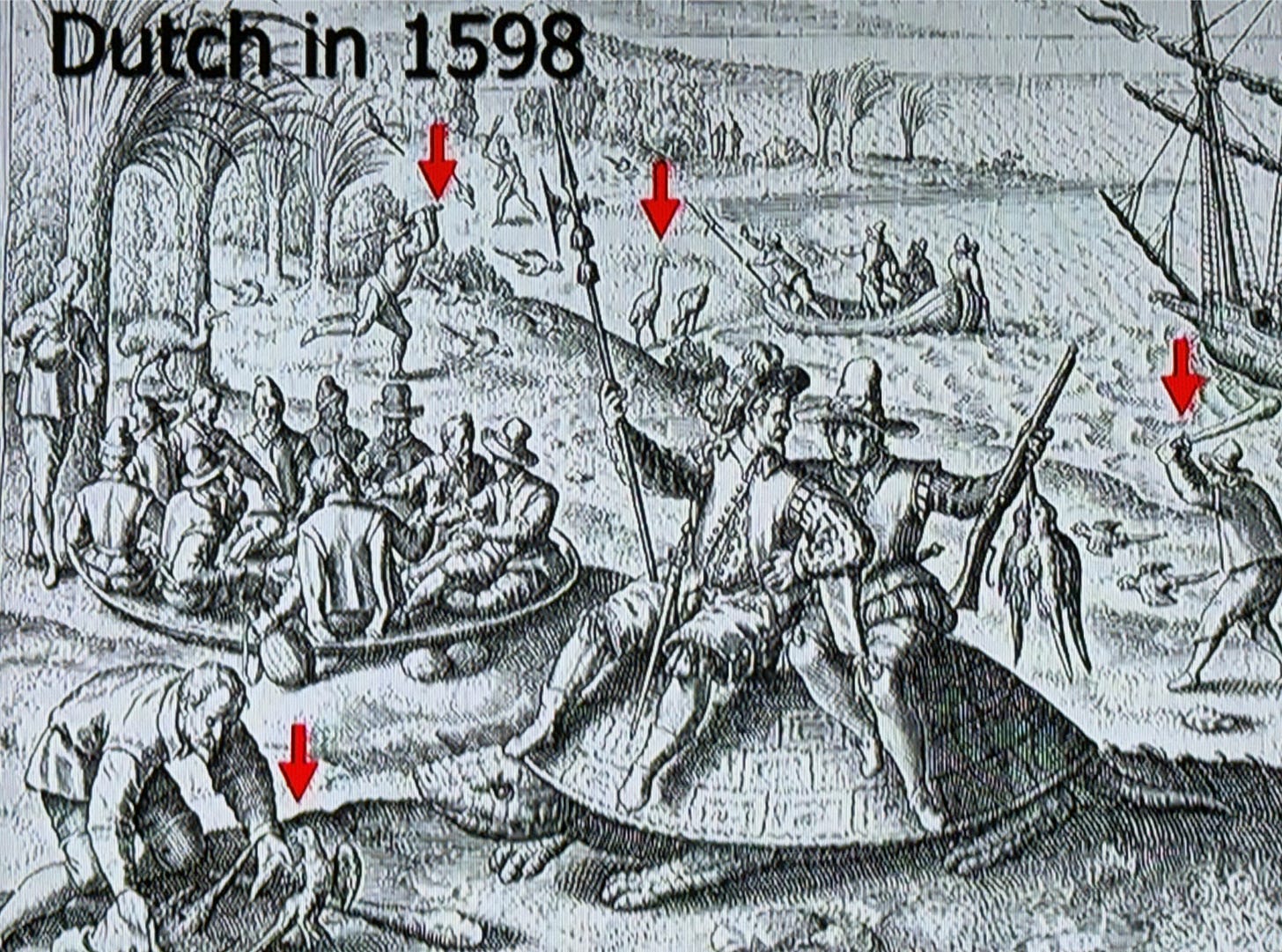
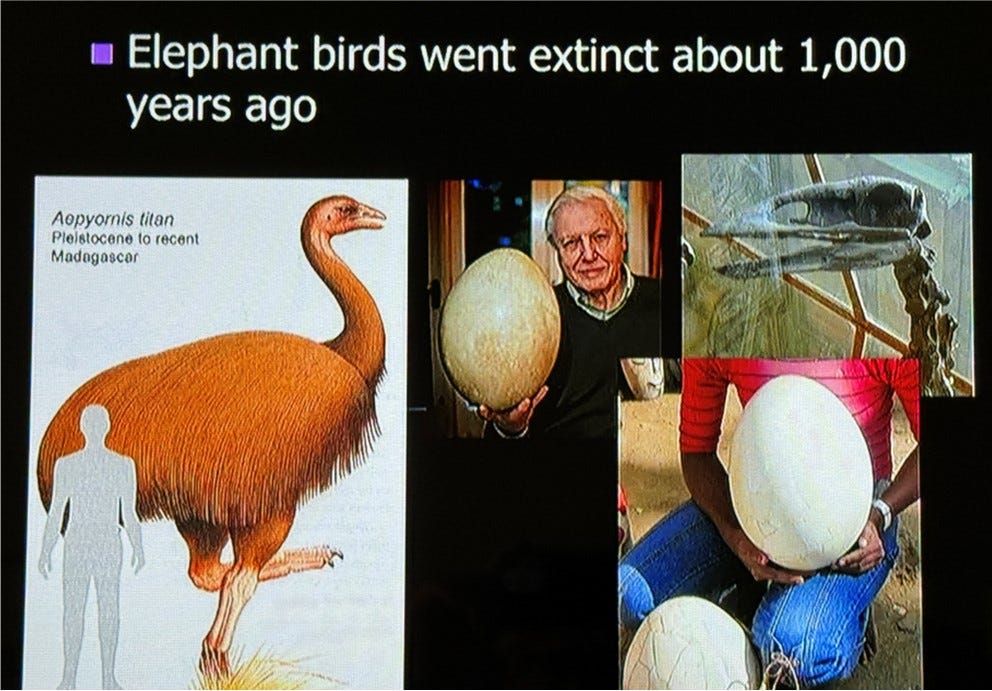
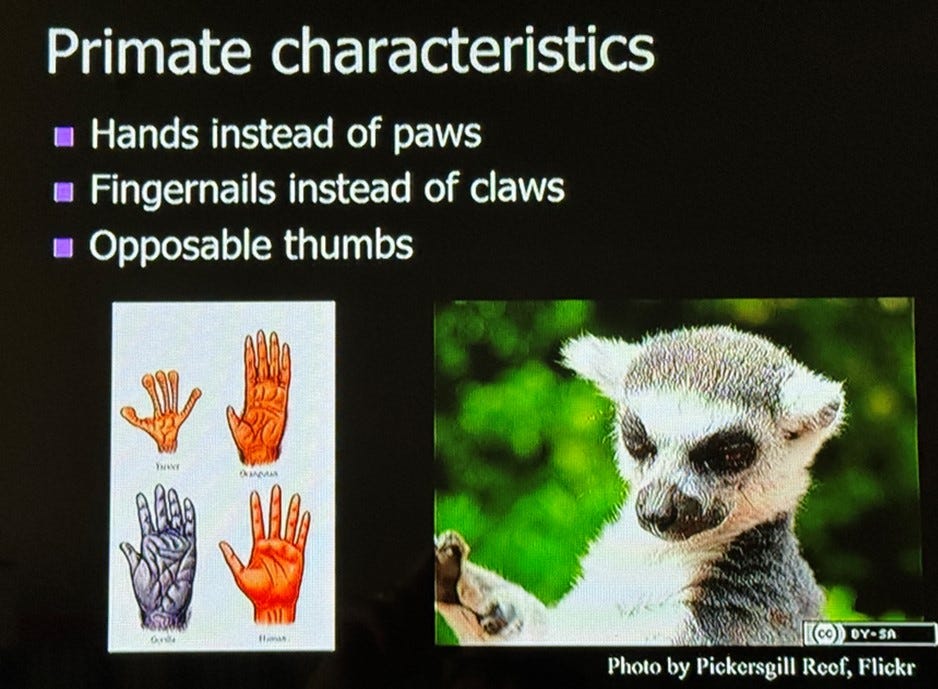
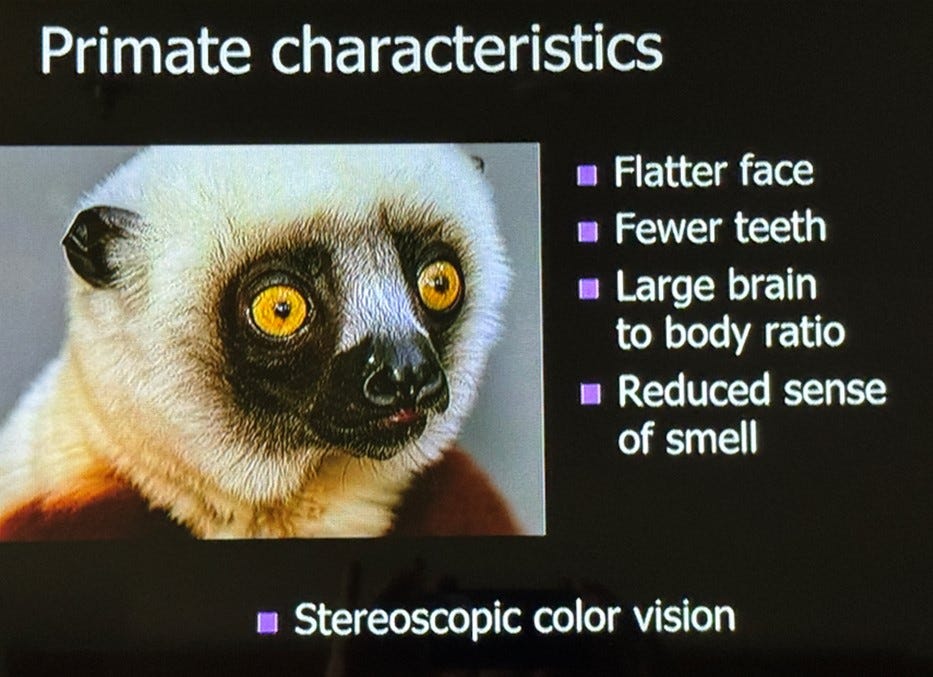
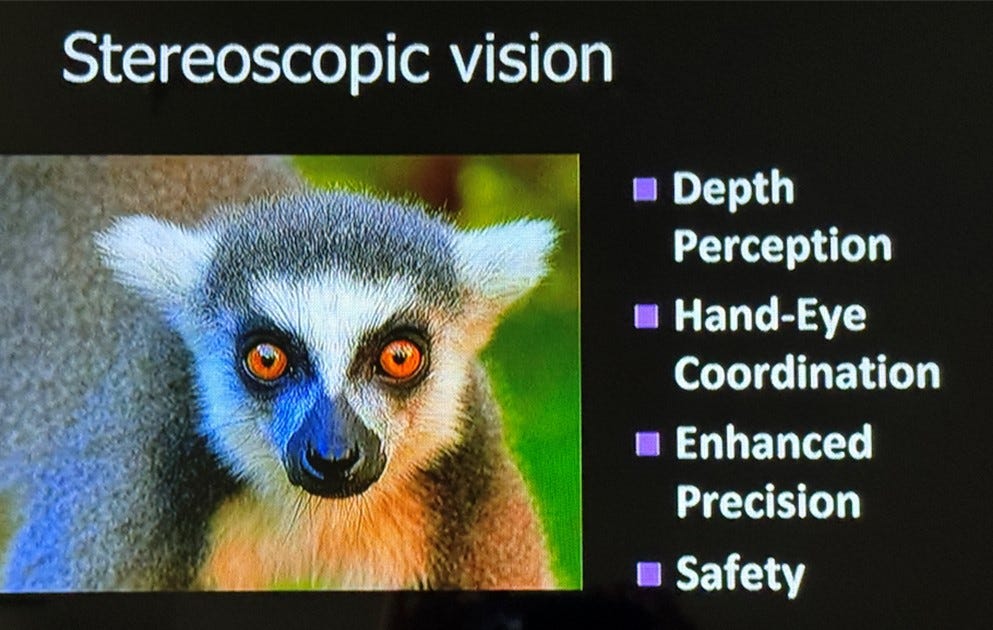
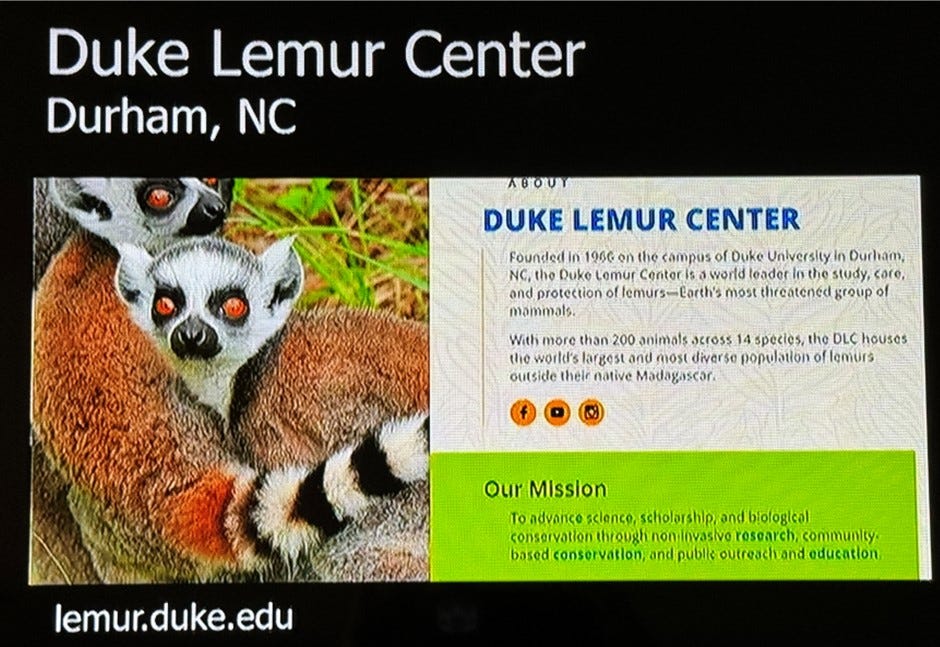
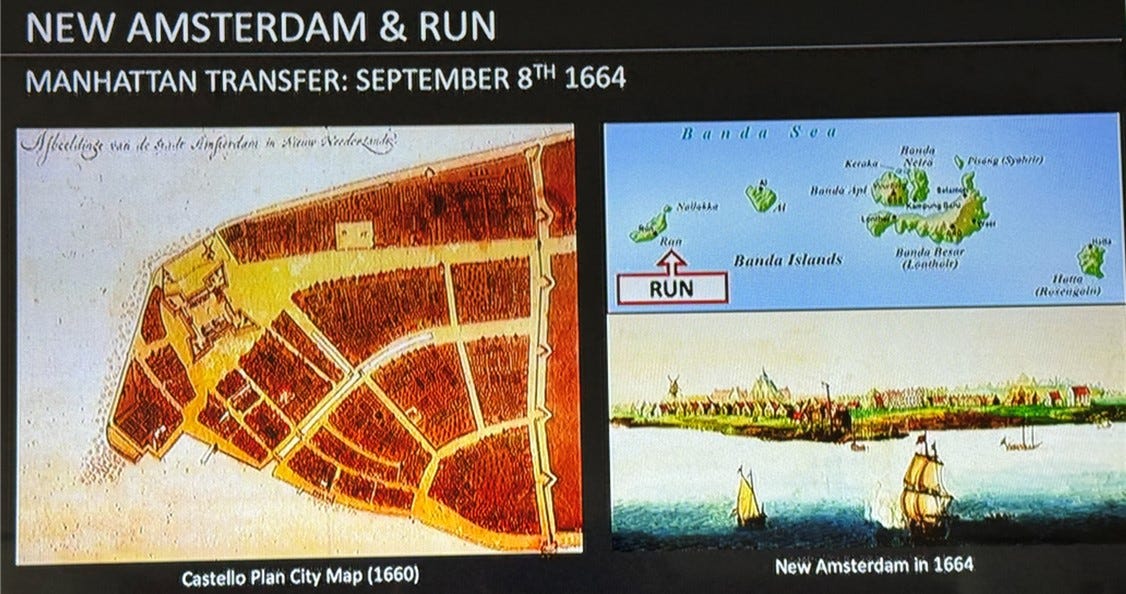
Thank you this was very informative however, Joel says he’s not receiving your emails now I am we have different email addresses. Jules Wa8pag@gmail.com.